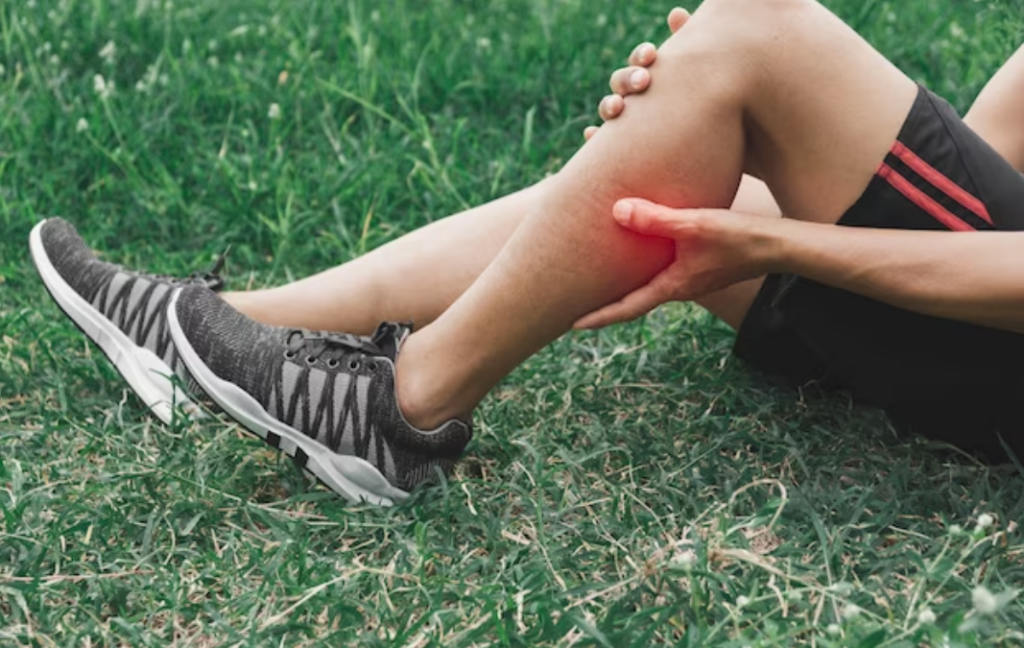When you're dealing with lower back pain in Fort Worth, it's essential to explore the most effective treatments tailored to your needs. You might consider options like physical therapy to enhance core strength or chiropractic care for spinal adjustments. There are also alternative therapies, such as acupuncture, that can offer relief. As you weigh these choices, understanding the nuances of each treatment can play a significant role in your recovery journey. But what might surprise you are the lifestyle changes and home remedies that could make a real difference.
Physical Therapy Options
When it comes to tackling lower back pain, physical therapy options can really help you bounce back. By engaging in targeted exercises and stretches, you'll strengthen the muscles that support your spine, improving your overall stability and reducing discomfort. A skilled physical therapist will assess your specific condition and tailor a program to meet your needs, ensuring you get the most effective treatment.
One key approach in physical therapy is manual therapy, where the therapist uses their hands to manipulate and mobilize your spine and surrounding tissues. This technique can alleviate tightness and improve your range of motion.
Alongside manual therapy, you might also engage in therapeutic exercises designed to enhance your core strength, flexibility, and posture. These exercises are vital since a strong core plays a significant role in protecting your lower back from further injury.
Another essential component of physical therapy is education. Your therapist will teach you about proper body mechanics and ergonomics, helping you understand how to avoid movements that could exacerbate your pain. They may also recommend modifications to your daily activities, ensuring you can continue with your routine while minimizing strain on your back.
Incorporating modalities like heat, ice, or electrical stimulation may also be part of your treatment plan. These methods can help reduce inflammation and ease your pain, making it easier for you to participate in your exercises.
Ultimately, with commitment and the right guidance, physical therapy can empower you to manage your lower back pain effectively.
Chiropractic Care Benefits
Chiropractic care offers a unique approach to alleviating lower back pain through spinal manipulation and adjustments. This hands-on treatment focuses on realigning your spine, which can reduce pain, improve mobility, and enhance your overall well-being. When you visit a chiropractor, they'll assess your condition and develop a tailored treatment plan that addresses your specific needs.
One of the significant benefits of chiropractic care is its ability to target the root cause of your pain, rather than just masking the symptoms. By correcting misalignments in your spine, you can experience lasting relief and restore proper function to your nervous system. This can also help prevent future issues, as regular adjustments promote better posture and body mechanics.
Chiropractic care is non-invasive and drug-free, making it an attractive option for those who prefer natural treatments. It's also safe for individuals of all ages, from children to seniors. Many patients find that chiropractic adjustments not only relieve their lower back pain but also improve their overall health, helping them feel more energetic and active.
Additionally, chiropractors often provide advice on lifestyle changes, including exercise and nutrition, to support your recovery. They may recommend specific stretches or strengthening exercises that can further alleviate your pain and improve your quality of life.
In short, chiropractic care can be a powerful tool in your journey toward a pain-free back and enhanced overall health.
Medication and Pain Relief
Managing lower back pain often involves medication and pain relief strategies that can provide quick and effective relief. When you're dealing with discomfort, it's vital to know your options. Over-the-counter medications like nonsteroidal anti-inflammatory drugs (NSAIDs), such as ibuprofen or naproxen, can help reduce inflammation and alleviate pain. You might find that these are sufficient for mild to moderate pain.
If your pain is more severe, your doctor may prescribe stronger medications, including muscle relaxants or prescription pain relievers. These options can be beneficial, but it's important to use them as directed to avoid dependency or side effects. Always consult with your healthcare provider before starting any new medication.
Topical treatments can also play a role in your pain management plan. Creams or patches containing analgesics can be applied directly to the affected area, providing localized relief without the systemic side effects of oral medications.
Heat packs or cold compresses can complement these treatments, offering additional comfort.
In addition to traditional medications, some people benefit from corticosteroid injections for more targeted relief. These injections can reduce inflammation in the affected area, leading to significant pain reduction.
Ultimately, finding the right combination of medication and pain relief strategies often requires patience and communication with your healthcare provider. Keeping track of your symptoms and treatment responses will help you discover what works best for you, paving the way for improved mobility and a better quality of life.
Alternative Therapies
Exploring alternative therapies can open up new avenues for relieving lower back pain, especially when traditional treatments fall short. Many people find that these options not only complement conventional methods but also provide effective relief without the side effects of medications.
One popular alternative therapy is acupuncture. This ancient practice involves inserting thin needles into specific points on the body to stimulate energy flow and promote healing. Many individuals report significant pain reduction after a few sessions.
Chiropractic care is another effective approach. Chiropractors use manual adjustments to align the spine correctly, which can alleviate pressure on nerves and reduce discomfort. Regular visits can help maintain spinal health and prevent future issues.
You might also consider massage therapy. It can alleviate tightness and improve blood circulation in the affected areas. Various techniques, like deep tissue or trigger point therapy, can target specific muscles and provide relief from chronic pain.
In summary, here are three alternative therapies you might explore:
- Acupuncture: Stimulates healing through needle insertion.
- Chiropractic care: Focuses on spinal alignment and nerve relief.
- Massage therapy: Eases muscle tension and enhances circulation.
These therapies can be tailored to your needs and may lead to improved quality of life. If you're struggling with lower back pain, consider consulting a professional who specializes in these alternative treatments to see what might work best for you.
Lifestyle and Home Remedies
Integrating simple lifestyle changes and home remedies can make a significant difference in managing lower back pain.
Start by incorporating regular physical activity into your daily routine. Aim for low-impact exercises like walking, swimming, or yoga. These can strengthen your core muscles, which support your spine and reduce discomfort.
Pay attention to your posture, especially when sitting or standing for prolonged periods. Use ergonomic furniture, and take breaks to stretch and move around. When lifting heavy objects, bend your knees and keep your back straight to prevent strain.
Heat and cold therapy can also provide relief. Apply a hot pack or warm towel to relax tight muscles, or use an ice pack to reduce inflammation. Try alternating between the two for added benefit.
Don't underestimate the power of a good night's sleep. Invest in a supportive mattress and pillows that keep your spine aligned. Sleeping positions matter too; try lying on your side with a pillow between your legs for better support.
You might also find relief through mindfulness techniques such as meditation or deep-breathing exercises. These can help you manage stress, which often contributes to muscle tension and pain.
Finally, maintain a healthy diet and stay hydrated. Foods rich in omega-3 fatty acids, antioxidants, and vitamins can help reduce inflammation.
Conclusion
In Fort Worth, managing lower back pain effectively means exploring a variety of treatment options that suit your needs. From physical therapy and chiropractic care to alternative therapies and lifestyle changes, you have the tools to find relief. By incorporating these methods into your routine, you can strengthen your back, alleviate discomfort, and promote long-term wellness. Don't hesitate to consult with professionals to create a personalized approach that works best for you. Your back will thank you!



